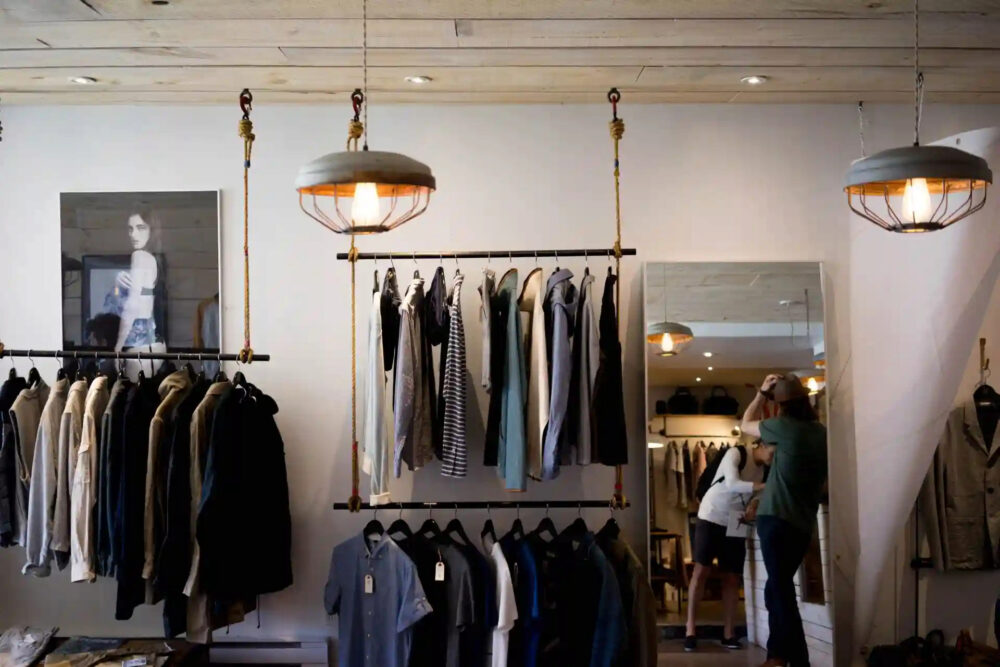Color is a powerful tool that can influence our emotions, perceptions, and even behavior. From calming blues to energizing reds, different colors evoke different feelings and associations, making them a crucial aspect of fashion and style. In this guide, we’ll explore the fascinating world of color psychology and how you can use it to create outfits that not only look good but also make you feel confident and empowered.
Understanding Color Psychology
Color psychology is the study of how colors affect human behavior and emotions. It examines the psychological impact of different hues and shades, as well as the cultural and personal associations we have with specific colors. By understanding the psychological effects of color, you can harness its power to convey mood, personality, and intention through your clothing choices.
Using Color to Express Yourself
One of the most exciting aspects of color psychology is its ability to help us express our personality and emotions through our clothing. Whether you’re feeling bold and adventurous or calm and collected, there’s a color palette that can help you convey your mood and intentions to the world.
For example, wearing vibrant, saturated colors like red or yellow can signal confidence, energy, and optimism, while soft pastel shades like lavender or mint green can evoke feelings of serenity, innocence, and femininity. By choosing colors that resonate with you personally, you can create outfits that reflect your unique style and personality.
Creating Harmonious Color Combinations
While understanding the psychological effects of individual colors is essential, it’s also crucial to consider how different colors interact with each other in an outfit. Creating harmonious color combinations can elevate your look and make a powerful visual statement.
One popular method for selecting color combinations is the color wheel, which organizes colors based on their relationships to each other. Complementary colors, which are located opposite each other on the color wheel (e.g., blue and orange), create a bold and dynamic contrast when paired together. Analogous colors, which are adjacent to each other on the color wheel (e.g., blue and green), create a more harmonious and cohesive look.
Experiment with different color combinations to discover what works best for you and your personal style. Don’t be afraid to mix and match unexpected hues to create unique and eye-catching outfits that showcase your creativity and confidence.
Using Color to Influence Perception
In addition to expressing mood and personality, color can also be used to influence how others perceive you. Different colors carry different cultural and symbolic associations, which can impact how people interpret your appearance and demeanor.
For example, wearing black is often associated with sophistication, elegance, and authority, making it a popular choice for formal occasions and professional settings. On the other hand, wearing bright, bold colors like yellow or orange can signal warmth, friendliness, and approachability, making them great options for social events and networking.
By strategically incorporating color into your outfits, you can project the image and impression you want to convey to others, whether it’s professionalism, creativity, or warmth.
Conclusion
Color psychology is a fascinating aspect of fashion that allows us to harness the power of color to express ourselves, create harmonious outfits, and influence how others perceive us. By understanding the psychological effects of different colors and experimenting with color combinations, you can create outfits that not only look great but also make you feel confident and empowered.
Whether you’re dressing for work, social events, or everyday life, don’t underestimate the impact that color can have on your style and self-expression. Embrace the power of color and let it inspire you to create outfits that reflect your unique personality and make a lasting impression.
